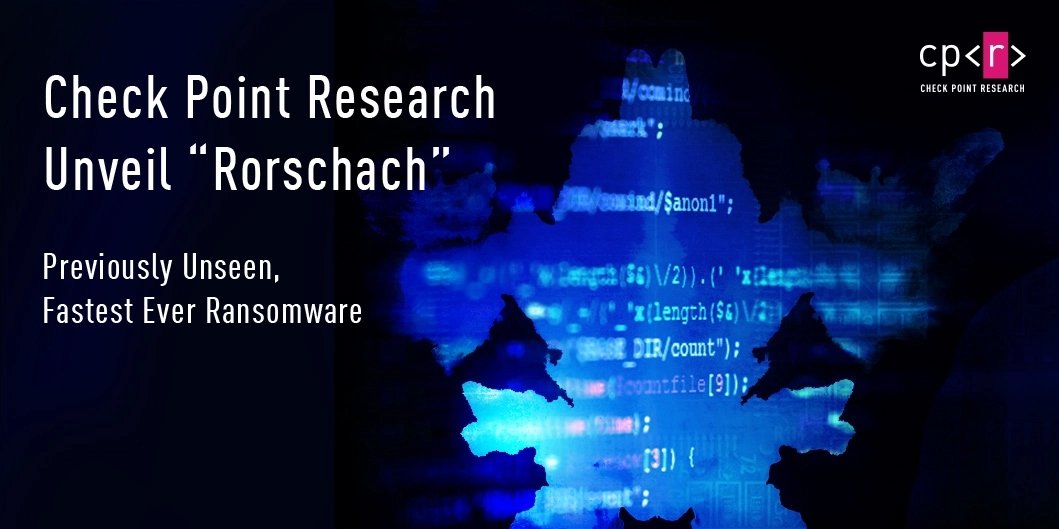Rorschach: Its research department Check Point, Check Point Research (CPR) identified a new sophisticated, easy to evade and extremely fast Ransomware, which:

● Nicknamed “Rorschach” by Check Point Research, encrypts almost twice as fast as LockBit
● It is more sophisticated than traditional ransomware and combines tactics from multiple known attacks as well as new unique features for maximum damage and to evade cyber security solutions
● Rorschach was developed using the DLL side-loading vulnerability of a commercial security product. CPR notified Palo Alto Networks of the vulnerability in its product. Check Point customers remain Rorschach protected
Sergey Shykevich, Threat Intelligence Group Manager at Check Point Research said:
“Just like a psychological Rorschach test looks different to each person, this new type of ransomware has high levels of technically distinct characteristics taken from different ransomware families – making it distinct and different. We are talking about the fastest and one of the most sophisticated ransomware we have seen so far. It highlights the rapidly changing nature of cyber attacks and the need for companies to develop a prevention solution that can stop the Rorschach from encryption of their data.”
More details at blog of Check Point Software :





